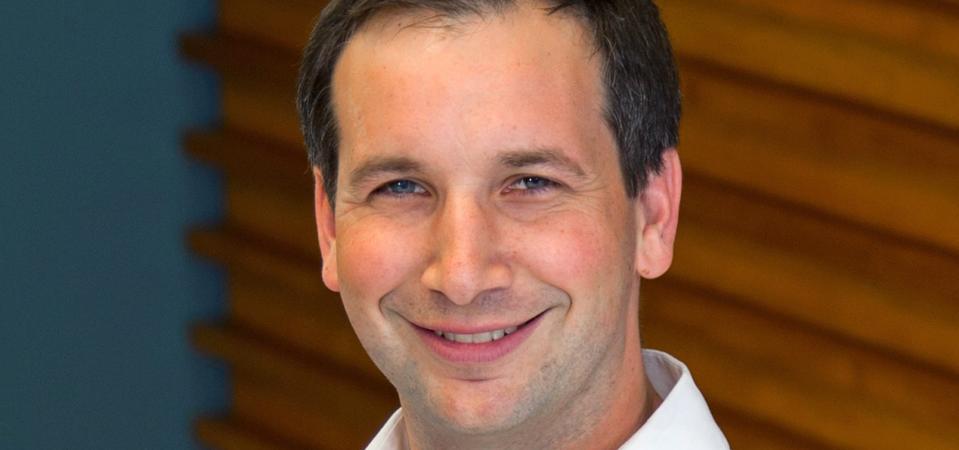
Jake Fingert, general partner at Washington, D.C.-based Camber Creek
CAMBER CREEK
Many industries are confronting increasing pressures to reduce energy consumption. The commercial real estate industry is no exception. Among the most daunting recent hurdles is the new climate change bill in New York City. It mandates a four-fifths cut in carbon emissions emanating from buildings within the next 30 years.
The problem? Today’s most advanced technology is able to slash energy utilization by less than half (46 percent). Current smart energy management systems can take energy conservation efforts only so far. To meet the ambitious decree calling for 80 percent reductions in emissions by 2050, new technologies will have to be found. That will require greater entrepreneurial efforts. It will also demand additional venture capital expended toward achieving real estate sustainability in the decades to come.
The efforts might center on on-site renewables, new kinds of lighting or a revolution in how buildings are heated and cooled. They might require a transition from steel and concrete to innovative wood-based construction materials like cross-laminated timber. Whatever form they take, the resulting transformation is likely to be dramatic. Change in the ways business has traditionally been evaluated will also be essential.
Jake Fingert, general partner at the Washington, D.C.-based venture capital firm Camber Creek, believes obstacles will look different to different managers and owners, based on building type and age and earlier emissions reductions investments.
Start thinking ahead
Local Law 97 establishing goals for emissions reductions of 40 percent by 2030 and 80 percent by 2050 applies to large commercial buildings of 25,000 square feet and larger. Affordable housing, publicly-owned buildings and houses of worship are exempt. Such buildings represent about four percent (40,000 of 1 million) of New York City buildings.
The variability extends beyond building size to building type. Hotels face higher limits than commercial office buildings, which have higher limits than apartment buildings. And because emission targets within each building category are expressed as standardized emissions per square foot, not as a percentage reduction relative to baseline, older structures confront more difficult hurdles than very energy-efficient new buildings.
Regardless of the variables, Fingert says, “Any owners or operators of properties governed by the new policy regime need to start thinking now about how they are going to comply with the new regulations . . . [They] need to think about energy and emissions reductions in terms of upgrades to the physical plant, hardware, software, building management and behavioral change, whether that’s commercial or residential.
“They also need to consider how they will track data on their performance in each area, and report out on sustainability metrics to investors. At the same time, real estate owners and managers need to think about sequencing these investments and changes. There are technology providers for nearly every potential action, but building owners are going to want to start with the highest-impact investments.”
Low-hanging fruit
Most owners and operators of commercial buildings, particularly older structures, will want to grab the lowest-hanging fruit: blends of hardware and software enabling more exacting planning and control of heating and cooling, Fingert says. He cites Logical Buildings as an example of a company providing one-stop shopping when it comes to sizing up new technology, installation, training and data management possibilities.
That could be followed by a step like installing IoT sensors to turn lights on or off based on real-time room usage. Another possibility in an older multifamily building might be improved roof and window insulation followed by electric heat pump installation and lastly a ventilation system overhaul or on-site renewable energy installation.
“Along the way, property owners and managers need to track data closely, both to evaluate impact and measure success against the New York City emissions targets,” Fingert says. “Here too, technology providers can simplify data collection and reporting. Measurabl is a great technology solution on the market today to help the real estate industry more easily track, measure and report on some of this data.”
[“source=forbes”]
















